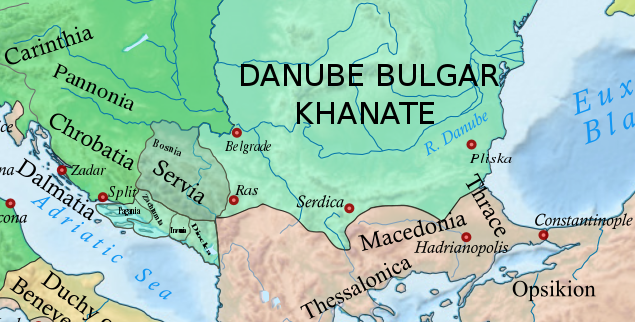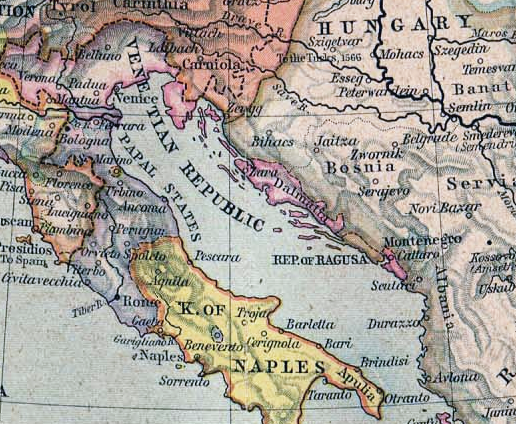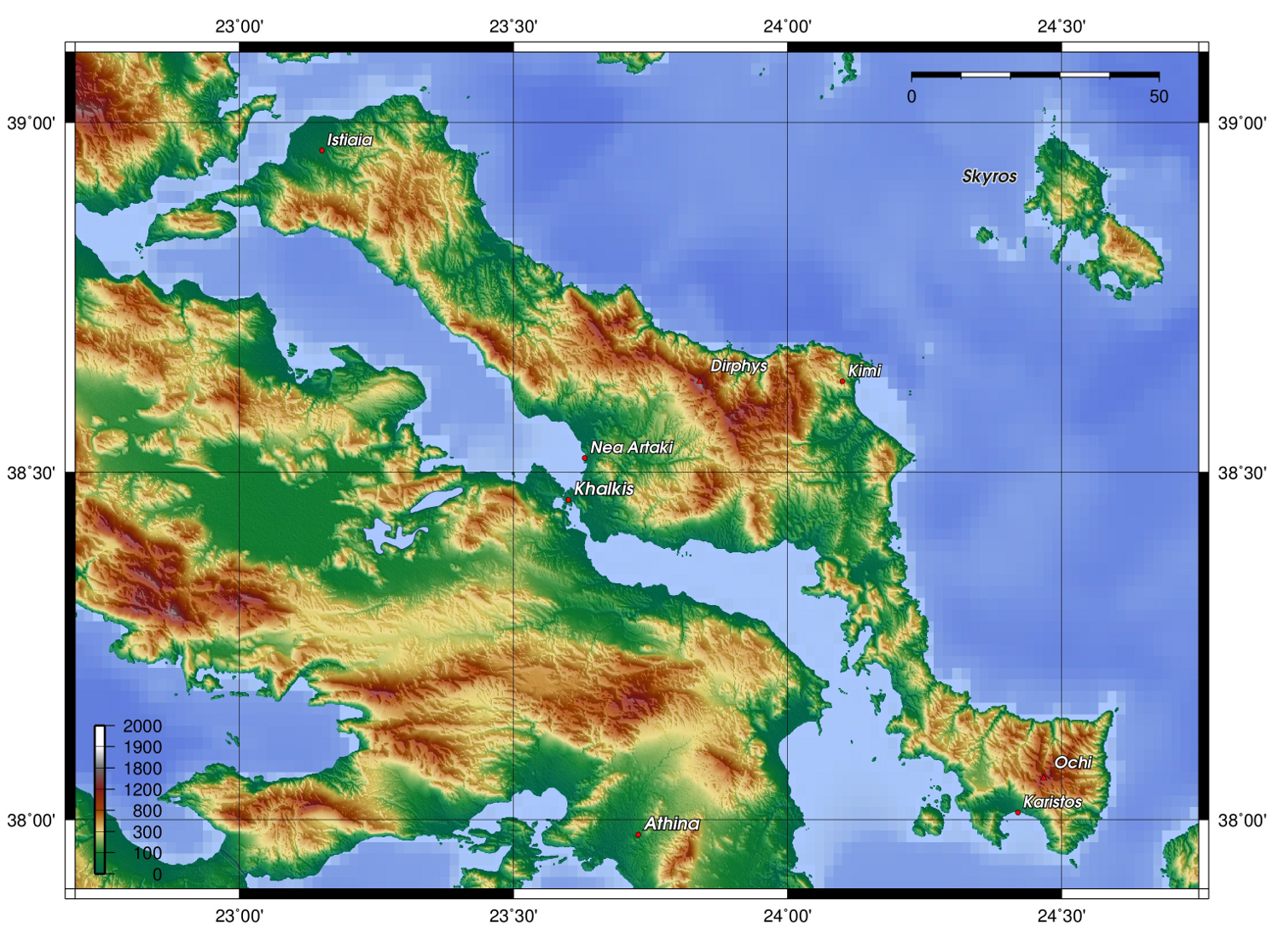|
Stato Da Màr
The ''Stato da Màr'' or ''Domini da Mar'' () was the Republic of Venice's maritime and overseas possessions from around 1000 to 1797, including at various times parts of what are now Istria, Dalmatia, respectively Italy, Slovenia, Croatia, Montenegro, Albania, Greece and notably the Ionian Islands, Peloponnese, Crete, Cyclades, Euboea, as well as Cyprus. It was one of the three subdivisions of the Republic of Venice's possessions, the other two being the '' Dogado'', i.e. Venice proper, and the ''Domini di Terraferma'' in northern Italy. The overseas possessions, particularly islands such as Corfu, Crete, and Cyprus, played a critical role in Venice's commercial and military leadership. In his landmark study on the Mediterranean world in the 16th century, historian Fernand Braudel described these islands as "Venice's motionless fleet". History The creation of Venice's overseas empire began around the year 1000 with the defeat of the Narentines by Doge Pietro II Orseolo and ... [...More Info...] [...Related Items...] OR: [Wikipedia] [Google] [Baidu] |
Republic Of Venice
The Republic of Venice, officially the Most Serene Republic of Venice and traditionally known as La Serenissima, was a sovereign state and Maritime republics, maritime republic with its capital in Venice. Founded, according to tradition, in 697 by Paolo Lucio Anafesto, over the course of its History of the Republic of Venice, 1,100 years of history it established itself as one of the major European commercial and naval powers. Initially extended in the ''Dogado'' area (a territory currently comparable to the Metropolitan City of Venice), during its history it annexed a large part of Northeast Italy, Istria, Dalmatia, the coasts of present-day Montenegro and Albania as well as numerous islands in the Adriatic Sea, Adriatic and eastern Ionian Sea, Ionian seas. At the height of its expansion, between the 13th and 16th centuries, it also governed Crete, Cyprus, the Peloponnese, a number of List of islands of Greece, Greek islands, as well as several cities and ports in the eastern Me ... [...More Info...] [...Related Items...] OR: [Wikipedia] [Google] [Baidu] |
Ionian Islands
The Ionian Islands (Modern Greek: , ; Ancient Greek, Katharevousa: , ) are a archipelago, group of islands in the Ionian Sea, west of mainland Greece. They are traditionally called the Heptanese ("Seven Islands"; , ''Heptanēsa'' or , ''Heptanēsos''; ), but the group includes many smaller islands in addition to the seven principal ones. As a distinct historic region, they date to the Venetian rule in the Ionian Islands, centuries-long Venetian rule, which preserved them from the Muslim conquests of the Ottoman Empire, and created a distinct cultural identity with many Italian influences. The Ionian Islands became part of the modern Greek state in 1864. Administratively today, they belong to the Ionian Islands Region except for Kythera, which belongs to the Attica Region. Geography The seven primary islands are, from north to south: *Corfu, Kerkyra (Κέρκυρα) usually known as Corfu in English and ''Corfù'' in Italian *Paxi (Παξοί) also known as Paxos in English *L ... [...More Info...] [...Related Items...] OR: [Wikipedia] [Google] [Baidu] |
Partitio Romaniae
The ''Partitio terrarum imperii Romaniae'' (Latin for "Partition of the lands of the empire of ''Romania'' .e., the Eastern Roman or Byzantine Empire, or ''Partitio regni Graeci'' ("Partition of the kingdom of the Greeks"), was a treaty signed among the crusaders after the sack of the Byzantine capital, Constantinople, by the Fourth Crusade in 1204. It established the Latin Empire and arranged the nominal partition of the Byzantine territory among the participants of the Crusade, with the Republic of Venice being the greatest titular beneficiary. However, because the crusaders did not in fact control most of the Empire, local Byzantine Greek nobles established a number of Byzantine successor kingdoms (Empire of Nicaea, Empire of Trebizond, Despotate of Epirus). As a result, much of the crusaders' declared division of the Empire amongst themselves could never be implemented. The Latin Empire established by the treaty would last until 1261, when the Empire of Nicaea reconquered Cons ... [...More Info...] [...Related Items...] OR: [Wikipedia] [Google] [Baidu] |
Doge Of Venice
The Doge of Venice ( ) – in Italian, was the doge or highest role of authority within the Republic of Venice (697–1797). The word derives from the Latin , meaning 'leader', and Venetian Italian dialect for 'duke', highest official of the republic of Venice for over 1,000 years. In standard Italian, the cognate is '' duce'' ( , ), one of National Fascist Party leader Benito Mussolini's titles. Originally referring to any military leader, it became in the Late Roman Empire the title for a leader of an expeditionary force formed by detachments () from the frontier army (), separate from, but subject to, the governor of a province, authorized to conduct operations beyond provincial boundaries. The Doge of Venice acted as both the head of state and head of the Venetian oligarchy. Doges were elected for life through a complex voting process. History The office and title of doge, in relation to Venetia (region) and Venice (city), emerged from older ducal offices (lat. D ... [...More Info...] [...Related Items...] OR: [Wikipedia] [Google] [Baidu] |
Narentines
The Narentines were a South Slavic tribe noted as pirates on the Adriatic Sea in the 9th and 10th centuries. They occupied an area of southern Dalmatia centered at the river Neretva (). Named ''Narentani'' in Venetian sources, they were called ''Paganoi'', "pagans", by the Greeks, as they were still pagan after the Christianization of the neighbouring tribes. They were fierce enemies of the Republic of Venice, attacking Venetian merchants and clergy traveling through the Adriatic, and even raiding close to Venice itself and defeating the doge several times. Venetian–Narentine peace treaties did not last long, as the Narentines quickly returned to piracy. They were finally defeated in a Venetian crackdown at the turn of the 10th century and disappeared from sources by the 11th century. Terminology The word ''Narentine'' is a demonym derived from the local Neretva River (). The terms "Narentines", "Pagania" or "Pagans" are found in two contemporary sources: ''De Administrando I ... [...More Info...] [...Related Items...] OR: [Wikipedia] [Google] [Baidu] |
Fernand Braudel
Fernand Paul Achille Braudel (; 24 August 1902 – 27 November 1985) was a French historian. His scholarship focused on three main projects: ''The Mediterranean'' (1923–49, then 1949–66), ''Civilization and Capitalism'' (1955–79), and the unfinished ''Identity of France'' (1970–85). He was a member of the Annales School of French historiography and social history in the 1950s and 1960s. Braudel emphasized the role of large-scale socioeconomic factors in the making and writing of history. In a 2011 poll by ''History Today'' magazine, he was named the most important historian of the previous 60 years. Biography Braudel was born in Luméville-en-Ornois in the département of the Meuse, France. He grew up in a pre-industrial rural setting with his grandmother until at the age of seven he joined his father in Paris. His father, a mathematics teacher, aided him in his studies. His maternal grandfather had been a Communard, and Braudel was reluctant to mention this side of hi ... [...More Info...] [...Related Items...] OR: [Wikipedia] [Google] [Baidu] |
Corfu
Corfu ( , ) or Kerkyra (, ) is a Greece, Greek island in the Ionian Sea, of the Ionian Islands; including its Greek islands, small satellite islands, it forms the margin of Greece's northwestern frontier. The island is part of the Corfu (regional unit), Corfu regional unit, and is administered by three municipalities with the islands of Othonoi, Ereikoussa, and Mathraki. The principal city of the island (pop. 32,095) is also named Corfu (city), Corfu. Corfu is home to the Ionian University. The island is bound up with the history of Greece from the beginnings of Greek mythology, and is marked by numerous battles and conquests. Ancient Korkyra (polis), Korkyra took part in the Battle of Sybota which was a catalyst for the Peloponnesian War, and, according to Thucydides, the largest naval battle between Greek city states until that time. Thucydides also reports that Korkyra was one of the three great naval powers of Greece in the fifth century BCE, along with Classical Athens, At ... [...More Info...] [...Related Items...] OR: [Wikipedia] [Google] [Baidu] |
Domini Di Terraferma
The () or () was the hinterland territories of the Republic of Venice The Republic of Venice, officially the Most Serene Republic of Venice and traditionally known as La Serenissima, was a sovereign state and Maritime republics, maritime republic with its capital in Venice. Founded, according to tradition, in 697 ... beyond the Adriatic Sea, Adriatic coast in Northeast Italy. They were one of the three subdivisions of the Republic's possessions, the other two being the original ''Dogado'' (Duchy) and the ''Stato da Màr'' (maritime territories). Geography At its greatest extent, it included the present-day Italian regions of Veneto, Western and Central Friuli-Venezia Giulia and the eastern parts of Lombardy (i.e. the present-day Province of Bergamo, Bergamo and Province of Brescia, Brescia provinces) up to the Adda (river), Adda River, where it bordered on the Imperial Duchy of Milan. In the south the lower Po (river), Po River (Polesine) formed the border with the Papal ... [...More Info...] [...Related Items...] OR: [Wikipedia] [Google] [Baidu] |
Dogado
The ''Dogado'', or the Duchy of Venice, was the metropolitan territory of the Republic of Venice, headed by the Doge, traditionally from 697, and up to 1797. It comprised the city of Venice and the narrow coastal strip from Loreo to Grado, though these borders later extended from Goro to the south, the Polesine and the Padovano to the west, the Trevisano and Friuli to the north and the mouth of the Isonzo to the east. Apart from Venice, the capital and in practice a city-state of its own, the Dogado was subdivided in nine districts starting at the north: Grado, Caorle, Torcello, Murano, Malamocco, Chioggia, Loreo, Cavarzere and Gambarare (in Mira). In lieu of the earlier tribunes (elected by the people) and gastalds (corresponding with the Doge), during the Republic each district was led by a patrician with the title of , with the exception of Grado, headed by a Count. It was one of the three subdivisions of the Republic's possessions, the other two being the () ... [...More Info...] [...Related Items...] OR: [Wikipedia] [Google] [Baidu] |
Cyprus
Cyprus (), officially the Republic of Cyprus, is an island country in the eastern Mediterranean Sea. Situated in West Asia, its cultural identity and geopolitical orientation are overwhelmingly Southeast European. Cyprus is the List of islands in the Mediterranean, third largest and third most populous island in the Mediterranean, after Sicily and Sardinia. It is located southeast of Greece, south of Turkey, west of Syria and Lebanon, northwest of Israel and Palestine, and north of Egypt. Its capital and largest city is Nicosia. Cyprus hosts the British Overseas Territories, British military bases Akrotiri and Dhekelia, whilst the northeast portion of the island is ''de facto'' governed by the self-declared Northern Cyprus, Turkish Republic of Northern Cyprus, which is separated from the Republic of Cyprus by the United Nations Buffer Zone in Cyprus, United Nations Buffer Zone. Cyprus was first settled by hunter-gatherers around 13,000 years ago, with farming communities em ... [...More Info...] [...Related Items...] OR: [Wikipedia] [Google] [Baidu] |
Euboea
Euboea ( ; , ), also known by its modern spelling Evia ( ; , ), is the second-largest Greek island in area and population, after Crete, and the sixth largest island in the Mediterranean Sea. It is separated from Boeotia in mainland Greece by the narrow Euripus Strait (only at its narrowest point). In general outline it is a long and narrow island; it is about long, and varies in breadth from to . Its geographic orientation is from northwest to southeast, and it is traversed throughout its length by a mountain range, which forms part of the chain that bounds Thessaly on the east, and is continued south of Euboia in the lofty islands of Andros, Tinos and Mykonos. It forms most of the regional unit of Euboea, which also includes Skyros and a small area of the Greek mainland. Name Like most of the Greek islands, Euboea was known by other names in antiquity, such as ''Macris'' (Μάκρις) and ''Doliche'' (Δολίχη) from its elongated shape, or ''Ellopia'' (after El ... [...More Info...] [...Related Items...] OR: [Wikipedia] [Google] [Baidu] |





